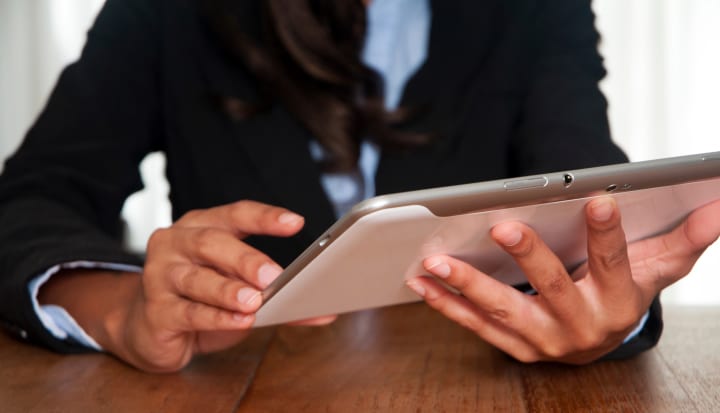‘Africa is not just a mobile-first continent, it is mobile only’ – CNN[1]
While commercial business has taken the lead in optimising the opportunity mobile presents in Africa, the development sector is catching up. Now, every aid and development organisation is being forced to think actively about how mobile relates to its core business.
Africans have ‘leapfrogged’ traditional fixed-line telecommunications, and instead have adopted mobile cellular devices in droves, and at an unprecedented rate. Mobile is also the primary way many Africans access the
Internet, with 84 million Internet-enabled mobile devices now in circulation.[2]This is crucial, given that more children in Africa have access to a mobile phone than a consistent electricity supply.
In fact, by 2016, the number of mobile phones in Africa is expected to reach 1 billion, a figure close to the continent’s entire population.[3]
The Rise of Mobile for Development
The M4Ddev community, comprising an eclectic mix of development researchers, practitioners and techies, has recognised mobile’s capacity to revolutionise access to services across learning, health, agriculture, financial literacy, business support and employment.
Mobile technology can never entirely replace on-the-ground interventions, but it does have a complementary role to accelerate reach, impact knowledge, attitudes and behaviours and establish a long-term relationship between aid ‘recipient’ and aid programme.,
NGOs and development bodies have been relatively slow to jump on this exciting bandwagon, as evidenced for example by the research of MAP and Idealware, who in 2012, found that only 35% of non-profits use mobile technologies and mobile applications to track clients.[4]
This reticence comes partly from the radical shift in thinking required to engage with mobile, a shift that can be undeniably challenging after decades ‘in the field’. But resistance also derives from a very real concern that over-investment in M4Dev could increase the dangerous gap between the ‘Haves’ and ‘Have-Nots’.
Even when mobile is embraced, M4D projects often self-constrict to costly SMS-based services , and what is often missed is the potential of booming mobile-web-based social networks as a way to reach and interact with those previously inaccessible.
Every1Mobile serving millions via mobile
It’s within this context thatEvery1Mobile has built and managed 8 highly engaged mobile sites addressing 15-35 year old Africans, and focused on Education, Health, Livelihoods and Lifestyle. We have 1.4 million unique monthly users who visit our digital communities to learn, dialogue and engage in calls-to-action. Crucially, these communities are there for them wherever they happen to be – on the mobile web, popular instant messaging platforms or social media, creating a digital thread throughout their day to day lives.
Every1Mobile has already achieved high rates of interaction and measurable engagement with our users, particularly around social justice and development issues. In particular, we see mobile as a catalyst for three key pillars that underpin our services.
- Communication: Mobile can help to disseminate content, facilitate open dialogue, provide a platform for the unvoiced to be voiced, broadcast public messaging, and facilitate peer-to-peer support
- Action: Mobile can serve as a platform to inspire actions in a physical or digital form, including behavior change, enabling access to on the ground support, participating in civil society and advocacy activities and more. By nurturing long-term engagement with users, mobile can also be used to build the resilience and skills that lead to real world actions and changes – at scale.
- Measurement: Mobile provides the opportunity to count, track communication and actions and offer varying levels of behavior change verification.
And finally, if we were to add another element to this already solid basis for sustainable change, we would add participation. Mobile gives us a direct, up-to-the-minute channel to the hearts of people’s daily lives, and ensures that ‘nothing for us without us’ becomes a methodology, not an empty mantra.
Combined, these 4 elements make a truly convincing case for the potential of mobile social networks to drive scalable, sustainable social change.
This blog is part of a Mobile for Development Series, brought to you by Every1Mobile. The next blog feature will showcase how mobile can be used to enable learning and skills development.










